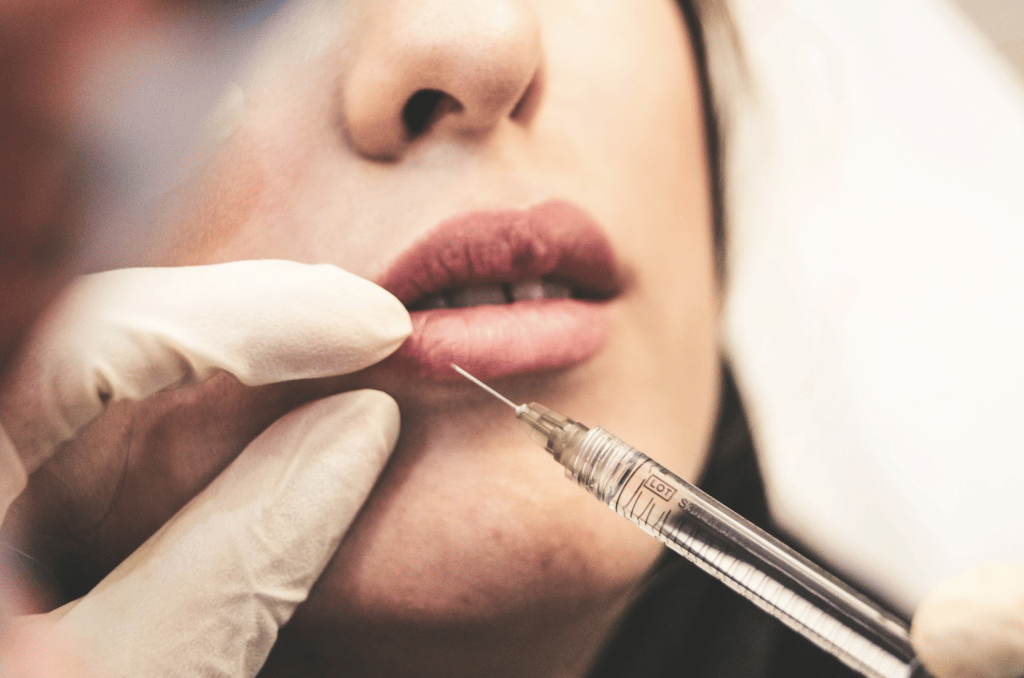JeanJacques Mbabuike is a medical physician with interest in medical aesthetics. He expects the field to continue to grow in the coming years. Today, he’s here to explain what an aesthetic physician is.
Medical Aesthetics
Put simply, medical aesthetics include any medical treatments that are performed for cosmetic purposes. Medical aesthetic professionals can include doctors, nurses, and dentists.
Medical aesthetic physicians are doctors who provide medical aesthetic procedures, according to Jack Mbabuike. Some may specialize in medical aesthetics, while others offer procedures and traditional medical treatments.
Medical aesthetic physicians differ from dermatologists, estheticians, and plastic surgeons, although there can be some overlap.
The Beauty of Medical Aesthetics
Cosmetic procedures used to exist on two ends of a spectrum. On one end are beauty treatments and products, like face creams and eyebrow threading. At the other end of the spectrum are major procedures, including breast augmentation and liposuction.
There was no middle ground for those who wanted to dramatically improve their appearance without major interventions. That’s where medical aesthetics come in.
The field features procedures requiring a physician’s skills without the risks and downtime associated with cosmetic surgery.
Medical Aesthetic Procedures
Jack Mbabuike explains that medical aesthetic procedures can help you look and feel your best. These procedures range from skin care products to Botox injections.
Medical Grade Skincare
Medical-grade skincare is similar to over-the-counter skincare products, with a few important differences.
Over-the-counter products can not claim to treat, cure, or prevent any disease. Medical-grade skincare products are designed specifically to treat certain conditions. These can include skin spots, acne, and wrinkles.
Another difference is the evidence behind them. Medical-grade products have clinical research that proves they are effective. Since over-the-counter products don’t treat skin problems, they aren’t required to provide any evidence of effectiveness.
Medical-grade products may include some of the same ingredients as over-the-counter products. However, they typically contain higher concentrations of these ingredients.
These products include chemical peels, anti-aging serums, and lotions that even skin tone. You typically need a prescription to get medical-grade skincare products like prescription drugs.
Plasma Injections
Plasma injections are a procedure that a medical aesthetician can perform. Platelet-rich plasma injections, often PRP, use your own blood to improve skin.
The aesthetic physician will draw blood, according to JeanJacques Mbabuike. Then, they will use a centrifuge to separate the plasma from other blood components. Once this is complete, they will inject the plasma into your skin.
This process can reduce wrinkles, including deep creases. It diminishes acne scars, improves your complexion, and firms and plumps sagging skin.
The process can also be used for hair loss. It can prevent hair loss and facilitate new hair growth, particularly in males with pattern baldness.
Botox
Botox is often considered the original medical aesthetic procedure. The results it provides are similar to getting a facelift without requiring a surgical procedure.
A qualified medical professional must administer Botox. It uses botulism toxin to reduce wrinkles. It can reduce frown lines, crows feet, and forehead creases.
Botox is injected into areas of the face. Results begin to appear within 24 to 48 hours after treatment. There’s no downtime associated with the procedure.
Microneedling
Jack Mbabuike states that micro needling can provide an improved appearance. The procedure uses tiny needles, which are inserted into the skin. This stimulates the skin to repair itself by creating collagen.
The procedure can improve the appearance of acne, scars, large pores, and wrinkles. The skin becomes smoother, more toned, and firmer.
JeanJacques Mbabuike
JeanJacques Mbabuike is a first-generation Nigerian American. He was one of five students accepted to NYU School of Medicine. After graduating, he practiced in hospitals, including New York Presbyterian Cornell. He focused on general surgery and orthopedics.

